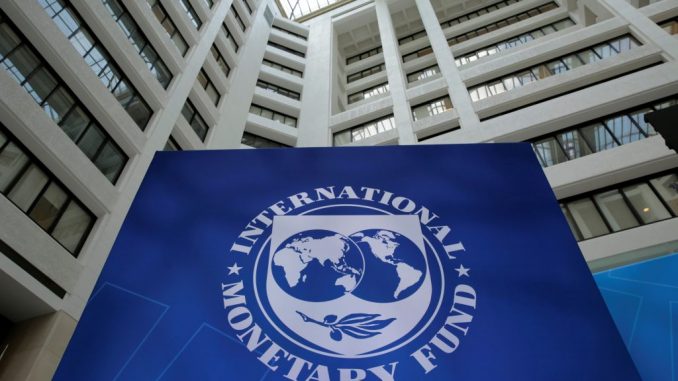
New Delhi : The International Monetary Fund has just released its latest update to predictions for India’s economy. The essential idea is that the disruptions of demonetisation, whatever they were, are now firmly behind us and that the growth rate will be 7.2% in this current fiscal year and rise to 7.7% in the next, in 2018–2019. We must, of course, take such macroeconomic predictions with the necessary pinch of salt but there doesn’t seem to be anything which is going to derail such growth. The more important point is that in order to keep this sort of growth level going then the government must continue to liberalise the Indian domestic economy. Keep removing the bottlenecks which prevent economic growth from happening.
India’s growth is expected to rebound to 7.2 per cent in the 2017-18 fiscal and 7.7 per cent in 2018-19 after disruptions caused by demonetisation, the IMF said , while recommending the removal of long-standing structural bottlenecks to enhance market efficiency.
Such disruptions would also be offset by tailwinds from a favourable monsoon season and continued progress in resolving supply-side bottlenecks, the IMF said. The investment recovery is expected to remain modest and uneven across sectors as deleveraging takes place and industrial capacity utilisation picks up, it noted.
As I’ve regularly noted around here that we concern ourselves over the monsoon is a sign of how poor India really still is. An economy which is dependent upon rain fed agriculture for a significant part of output is simply going to be a poor one. Just because the value that can be extracted from rain fed agriculture is not large. In a rich country some 99%, perhaps 98% (like, respectively, the US and UK) of the population is off doing something else other than agriculture. In India it is still only 49% of the population doing something else. As the place gets richer fewer people will be in agriculture–as fewer people do agriculture India will become richer. They are the same statement.
This is exactly so. And note what the meaning of “improve productivity” is. It means using the labour of fewer people to achieve the same output. We really are all saying that an essential part of India getting richer is fewer people working in the fields.
An example of those sorts of reforms is, as again I have already noted, the reform of the bankruptcy laws. This means that potentially productive assets are not sequestered off from the economy for years, possibly decades, but instead are liberated from underneath the debt burden of failure and re-employed more swiftly. One change that will happen in the future is when the retail system is entirely opened to foreign owned competition. The current system employs many people, it certainly does, and this is exactly why it is inefficient. At some point that system will be allowed to become as efficient as those of richer countries. It might be when domestic retailers “Do a Walmart” it might be when foreign investors are allowed to drive it. But that’s one of the things which will make India richer when it happens.
The IMF’s forecast of higher growth looks about right. For, assuming continuing reform of the economy, there just isn’t any reason why India should not be growing at 7 and 8% a year for some decades yet.
Source: Forbes

Leave a Reply